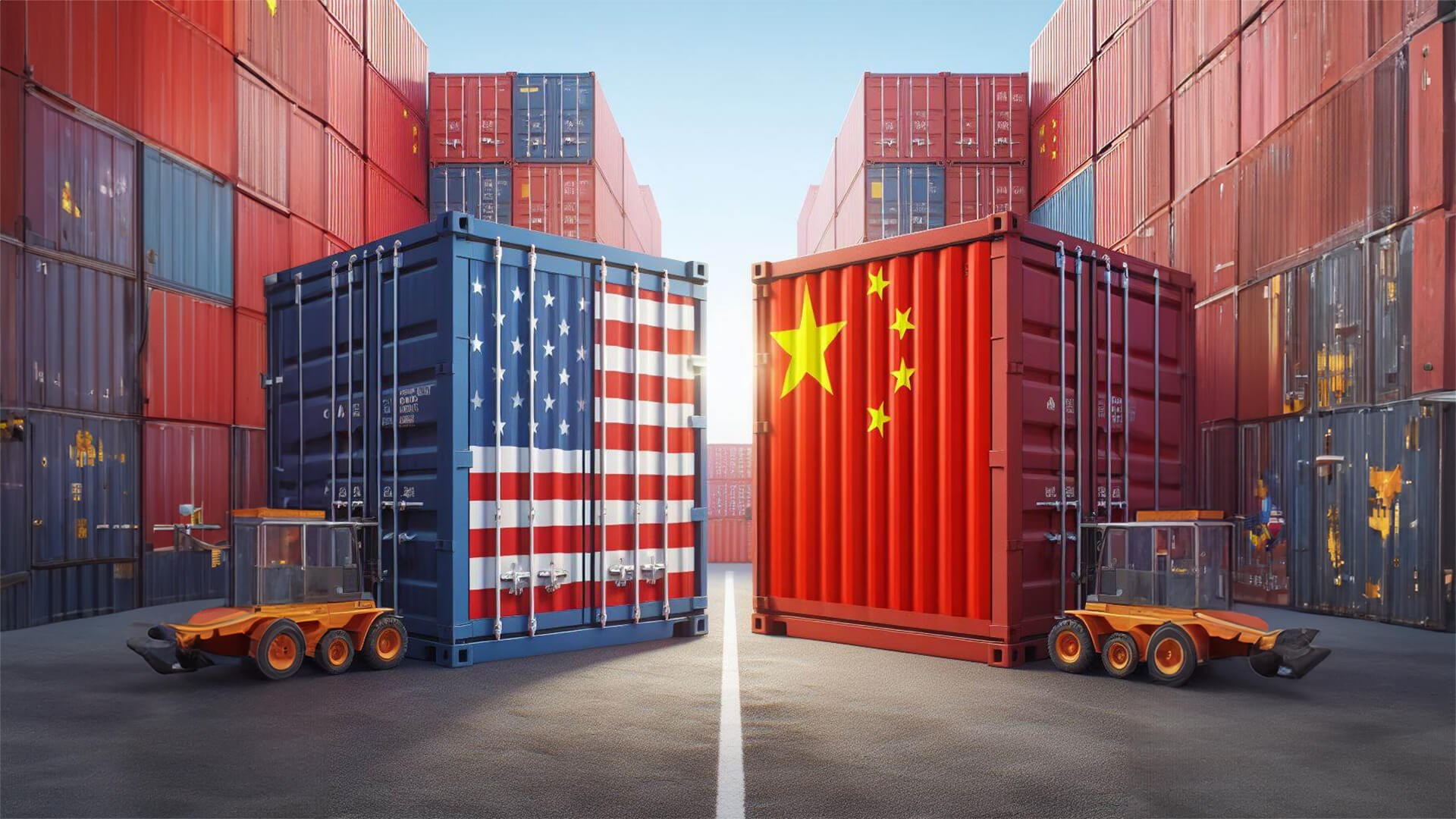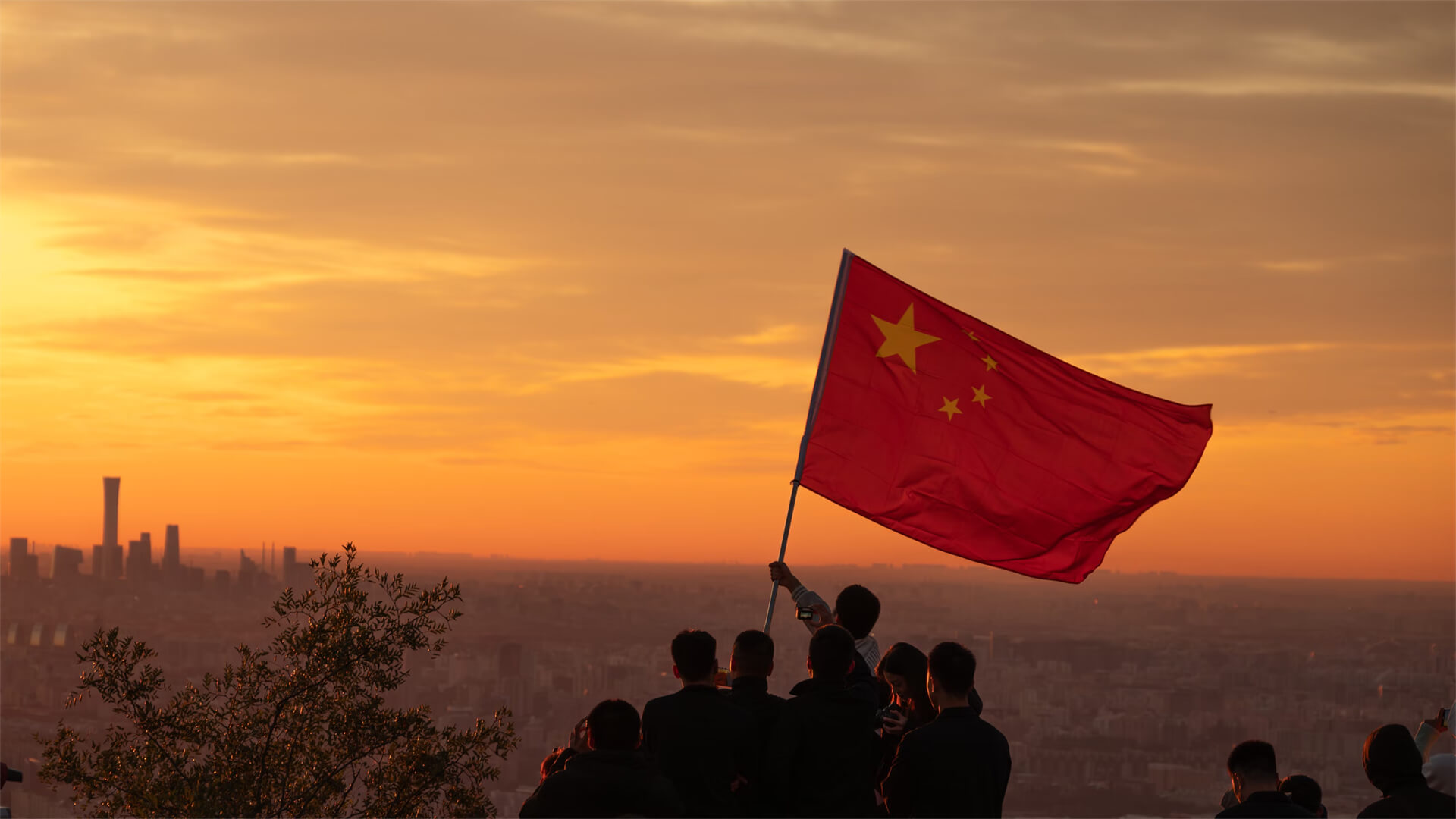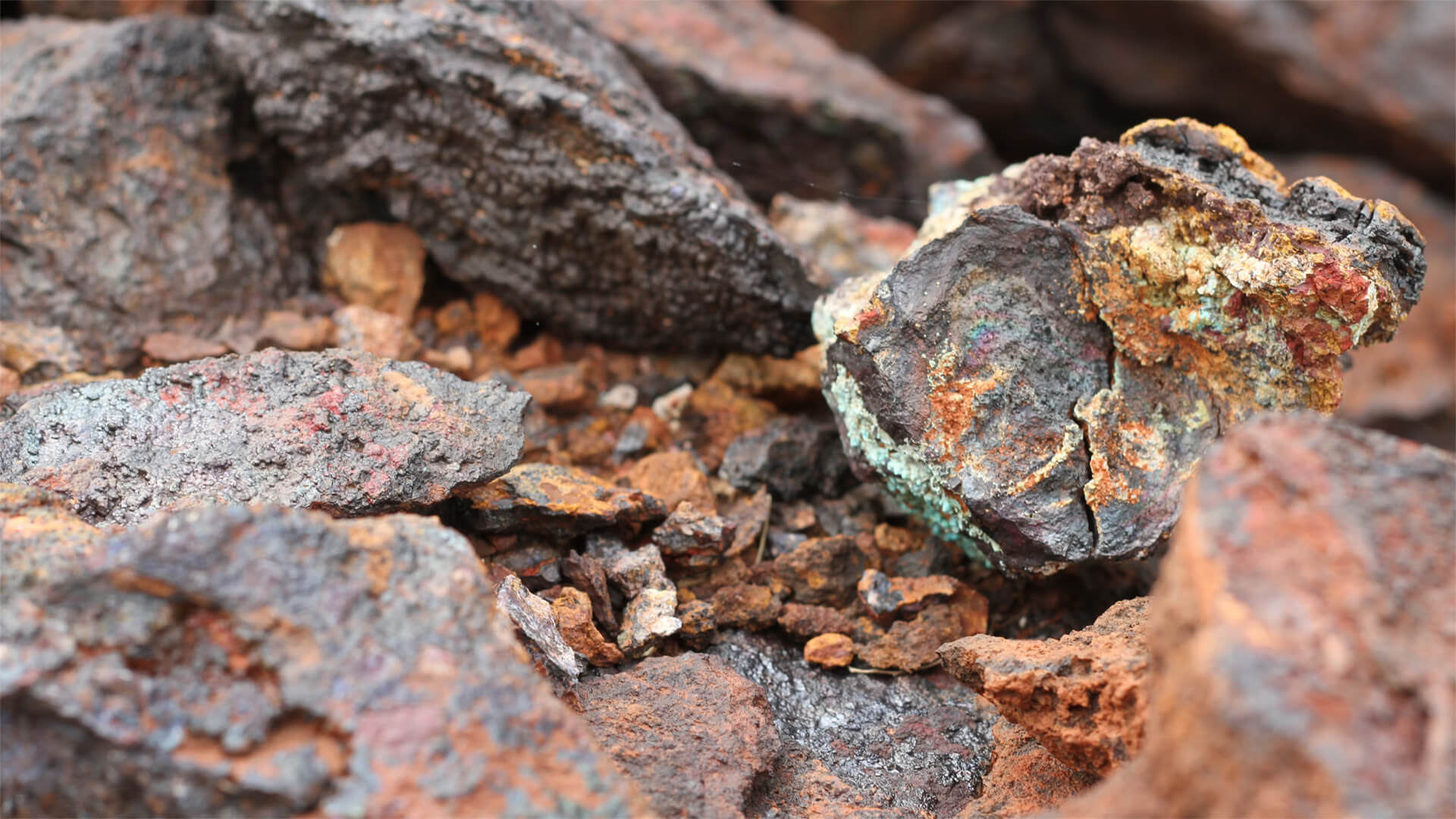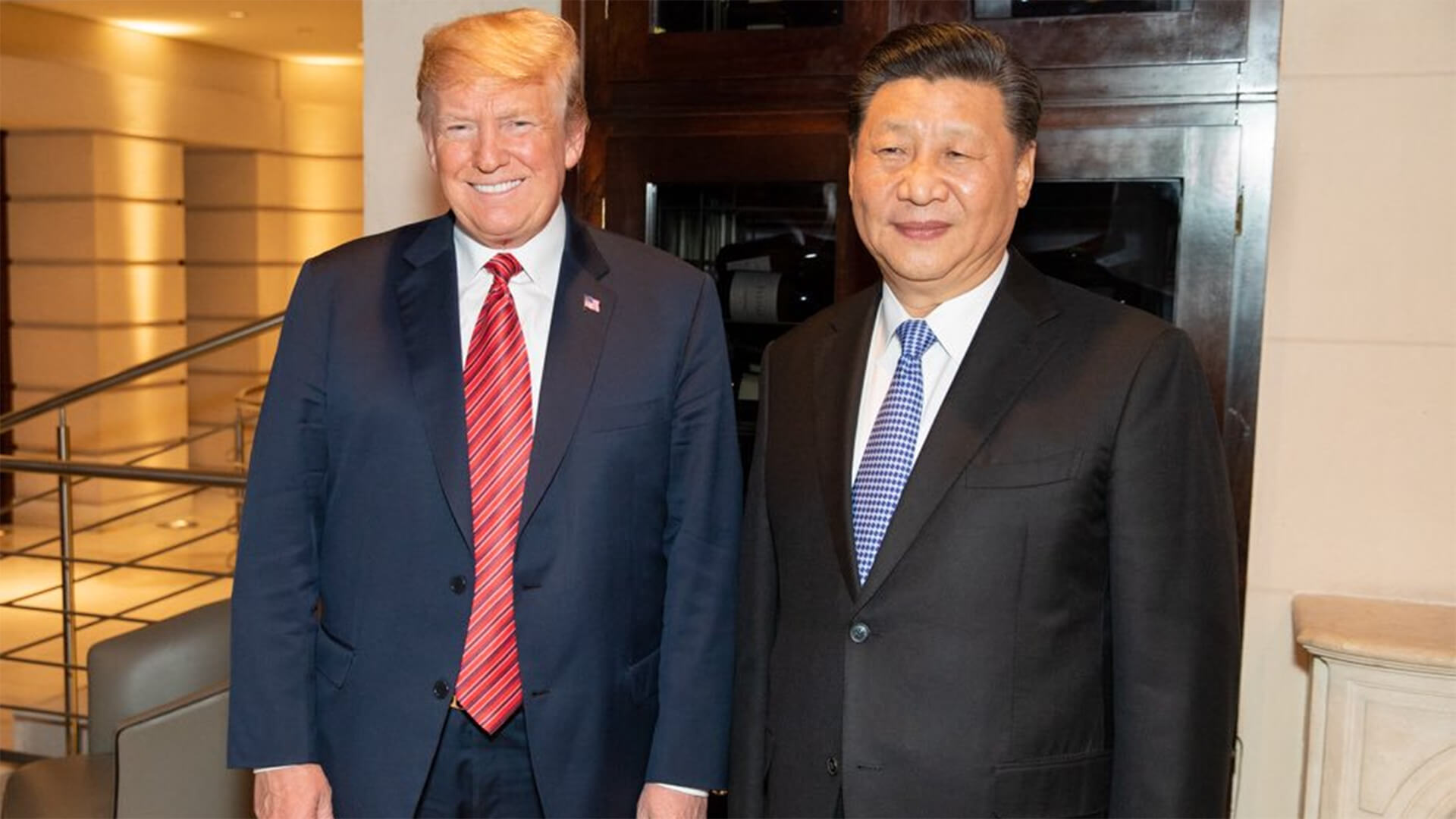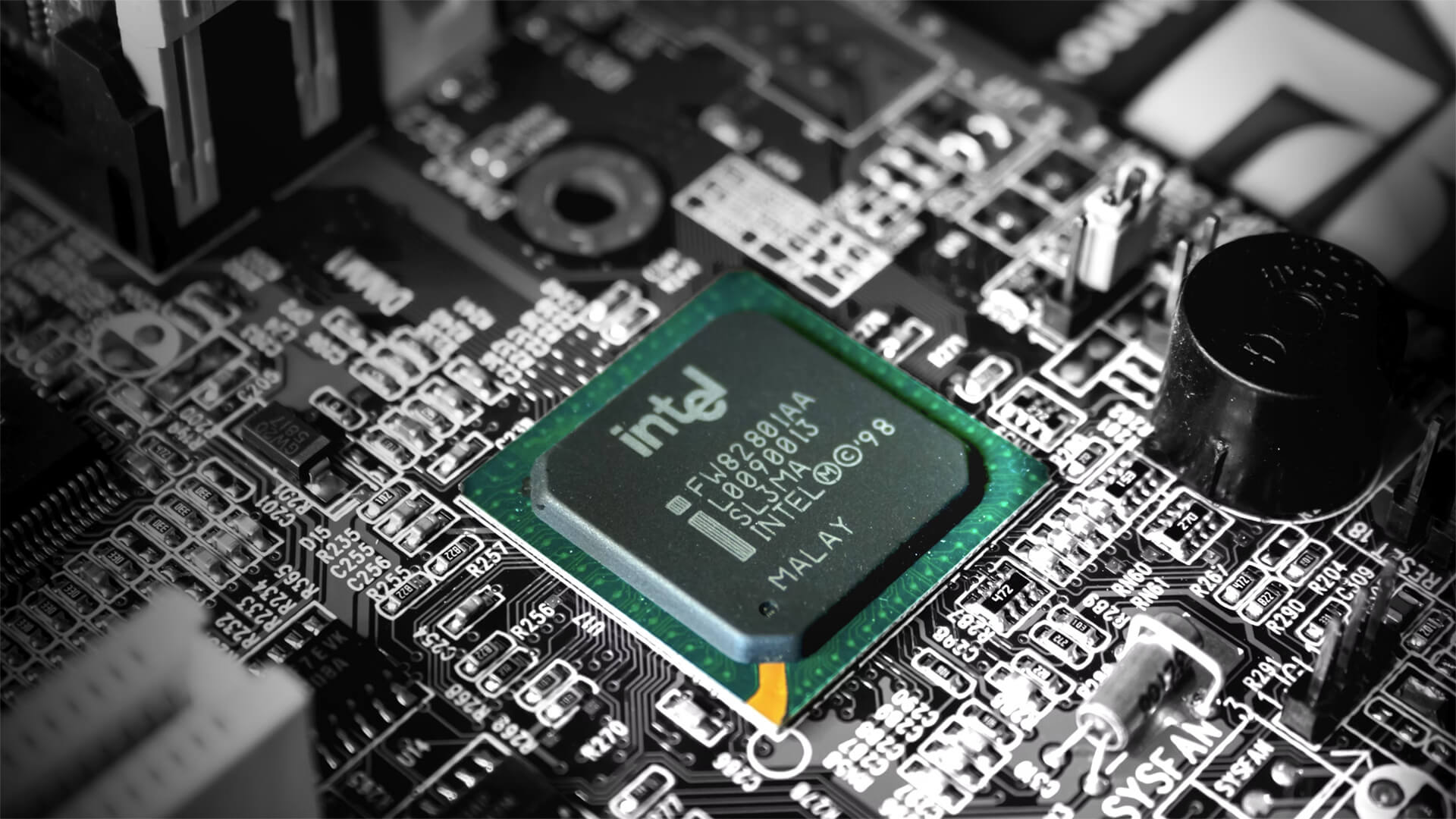Hey, everyone. Peter Zeihan here coming to you from the Kepler track in New Zealand. Today I’m going to tell you a story in three parts about one of the disasters that is waiting China in the months and years to come. Let’s start with, yeah. Let’s start with how private folks save their money. This isn’t like the United States, where you have a wide variety of stocks and bonds and go international.
No, everything’s pretty tightly regulated, and the money can really only go easily into the big state banks. The reason for this is this is how the Chinese government maintains social cohesion. If the big state banks have access to the entire deposit base, they can then shove below market rate loans well below the level of inflation into whatever company they want, in order to make sure that there’s enough capital flowing through the system to employ everyone.
It doesn’t matter if it’s productive, just matters that people have jobs so they don’t protest. By doing this, they maintain full employment. But it means that people get very, very, very low rates of return. So people are always looking for other ways to get their money into something more productive so they can make an investment for themselves.
So from time to time, there’s a fad. From time to time, there’s a way to get money out of the country, whether it is foreign direct investment or Bitcoin or some sort of weird bond or gold, and you see money surging to these things until the government figures it out and then they clamp it down. But about ten years ago, Chinese people found something that the government didn’t mind, and that was real estate.
You could buy yourself a condo, put your money into it. And because the country was rapidly industrializing and rapidly urbanizing, there was always going to be demand for more housing. You could see upward of price appreciation. So this continued on for a while and prices did great.
And the people who were early investors did great. But eventually, people started buying second homes. Now most people in China can’t afford a second home. So what happens is they get together with their friends, their relatives, their neighbors and people they’ve never met, and they pool their capital to purchase a unit. And then sometimes they sell slivers of that unit to someone else.
Now, anywhere else in the world, we call this asset backed securities. And this is one of the many things that triggered the 2007 financial crisis in the United States. But in China, it’s pretty par for the course. However, it’s done at the private level, for individual savers, as opposed to corporations or banks. So, you know, no fiduciary responsibility involved there.
Well, you play this forward to today. And what’s happened is that the story’s changed. There are no longer people in the countryside who can come to the cities. There is no population growth. In fact, with the exception of a handful of top tier cities, every major urban area in the country has seen significant population decline since just 2020, much less 2010.
The reason for that? The birth rate has now been so low for so long. There are no longer enough people in China under age 40 to have kids that we’re seeing a collapse in population, which means a collapse in housing demand. How bad is it? Don’t really know. There’s no good data. The Chinese government stopped collecting data on this topic years ago because they were afraid that chairman G wouldn’t like the results.
So they’re kind of flying blind private analysts who are not subject to the CCP’s whims. The Chinese Communist Party’s whims estimate that there’s probably sufficient spare housing to house more people than Brazil has. About 180 million people, government folks who are estimating say that the real number could be more than ten times as high, perhaps enough to house 3 billion people.
Bottom line is, you can’t break these things down. You can’t really sell the properties because they’re not owned by just one person and they’re not owned by the same consortium of people. So just finding the ownership network is kind of strange. You can’t just knock them down, even though there’s just such huge excess supply. And a lot of people think that, you know, maybe when the economy turns, demand will come back, but there are no longer people to generate the demand in the first place.
So probably most real estate in China is worth maybe $0.10 on the dollar. And in terms of even the controlled limited pricing signals that we have in China indicate that officially, prices have already dropped by about one sixth in just the last five years, which in any market. But China would be a disaster. But here, the numbers don’t necessarily mean the same thing.
So that is part one. Part two is a real doozy.
Okay. Part two. Still on the Kepler. I’ve got, hanging value on my right and some cosmic death on my left. Okay. Where were we? Oh, yes. Part two. So another story. The Chinese government is, extraordinarily paranoid. And that’s not just the Communist Party that rules the place. Now that has been true since the time of the emperors of old.
The problems geographic, China’s a huge swath of territory, and any policy that is set in the center is going to be. How should we say, loosely interpreted by the time you get to the frontier? And so China has always flipped back and forth between two extremes.
Centralization, where the emperor or the chairman of the CCP, basically says everything has to go his way. And if it doesn’t, everybody dies. That’s, for example, the attitude that killed over 20 million people in the Cultural Revolution back in the 60s, 70s, recently. That was Mao or, the territories. The provinces grab too much autonomy and go their own direction and generate their own militaries, and warlord ism erupts. Which is the story through the vast majority of Chinese history.
Chinese like to talk about how they’ve got a continuous history stretching back millennia. But in terms of actually being united in more or less its current borders, with the government that is actually functional. Actually, they have less than 300 years of experience, and half of that was under Mongol occupation. So, yes, the Han Chinese are an ancient, ethnicity.
But, let’s just say they’ve never managed to hold themselves together into a meaningful government or be a meaningful power until, the Cold War, when the United States basically took all the foreign powers off the deck and allowed the Chinese to export themselves to wealth for the first time. Anyhow, back and forth, back and forth over unification, over regionalization.
That’s the needle that the Chinese government is trying to thread. So after a series of reforms in the 1980s, the central government under Xi’s ding, I believe, basically realized that, Mao was and that was a fuck. And so they needed to unwind everything that he had done while still leaving his poster on the walls.
Yes. This video will totally get banned in China. Anyway, so what they did is they centralized revenue generation. So all tax authority rests at the national level. But they regionalized spending on the day to day things like, you know, infrastructure, public works, income support, their equivalent of Social security, all that good stuff. And in doing so built a split system.
The idea that Deng was after it was try to avoid the over centralization while also avoiding the over regionalization. Unfortunately, they did this without rooting out the fraud that is endemic in the Chinese political and economic system. And so the local governments just basically started lying about everything. Generating statistics that indicated faster economic growth than they were really having.
Generally, statistics said they have more population than they were really having. And if you remember, the one child policy started not too much longer, actually, by about the same time that this split happened. And so we have had almost 50 years of a disconnect in reality between what China’s population really is and how the funds get appropriated.
So that’s problem one, that we have a half century of bad data about how many people there really are in China. According to the official statistics, it’s somewhere between 1.3 and 1.4 billion. They have recently revised that down to between 1.1 and 1.2 billion. Most independent estimates put it 100 to 200 million below that. And there are a lot of private ones that say it’s 2 to 300 million below that, something in the realm of 700 and 800 million.
I don’t really have a number that I swear by. But, you know, it’s obviously bad. All right. So if you’re a local government and you’ve been lying through your teeth for decades to get more money out of the central government, you’re trying to justify getting more money. And so you have to come up with new ways to get it in order to do everything from building railroads to having more mistresses.
And so what you do, since you can’t tax, is you borrow, the two main revenues are you take loans from state banks, the same ones that are oversaturated with capital because the private citizens don’t have anywhere to turn or you sell land, and if you sell land, you get a nice little pop. Also, if you sell land to, say, a development company and the development company puts up houses, or more likely, high rise condos get a pump from that.
So I think you’re starting to see the problem here. A level of government whose entire existence is based on a degree of fraud has now established a vested interest in encouraging real estate investment in order to generate more income for itself. You play that forward to the current day, and two things have happened. Number one, they’ve so encouraged this in places where no one ever had any intention of living.
That you’ve got, ghost cities or ghost suburbs. It’s probably better to phrase it in every major Chinese city. With, as a rule, as you move down the tiers. So not so much Shanghai and Beijing or even, Chongqing, but, much smaller places. That only have a population of a few hundred thousand or a few million have entire swaths of their skyline that are occupied by entirely empty residential high rises.
Second, the Chinese population bomb is now so advanced that no one will ever move into these places. And third, the development companies whose interests have kind of been in lockstep with the local governments for the last couple of decades, no longer have anyone to draw upon. There aren’t enough young people coming up to provide the seed capital to generate a new wave of investments.
And, since most of this was built in a pyramid scheme style, we have a whole wave of recently started condos within the last three years that will never get finished, because there’s no longer enough people coming into the system to generate the capital to provide, what’s necessary for the base of the pyramid. So we’re stalled, and we’ve seen home sales in China dropped by somewhere between 70 and 80%, again, using Chinese data.
So take it for what it is. Over the last 18 months. So that is that’s phase two. So book one here, we’ve got an economic system that is wildly built on, how should I put this as yet unrealized losses? As the population moves into collapse and people haven’t yet quite realized that the investment that they’ve put every cent they have into, is dead.
And we’re talking here 70% of private savings is involved in residential real estate. So and then second, we’ve got a level of government at the local level that’s based on fraud. That has been encouraging that bubble that no longer can encourage it and has no way of generating income because, you know, you can only sell land once and you can only sell it if there’s somebody who wants to build anything and the land has all been sold in the cities, and nobody wants to build anything anymore.
So next phase three.
Okay. Phase three. I’m guessing some of you might be able to see where this is going, but anyway, so we’ve got a housing bubble that is in the process of popping and that popping is going to take out the 70% of private savings that is locked up in real estate. And we’ve got a local government system that provides all the services that everybody needs to survive that is utterly bankrupt.
And we don’t even have a really good feel for just how bankrupt. Best data available, which is wildly incomplete, suggests that the total debt for local governments is about 90% of GDP. So roughly the same for just local governments in China as the entire American federal debt. In relative terms of that, about half is money that they have borrowed through something called a local financing vehicle or local government financing vehicle.
If you want the full acronym, which is murky, to say the least. And most folks have even stopped collecting data on it because the central government and the local governments have been trying to obstruct it. So if you happen to be, lending money to the Chinese local governments in that you’re never getting any of that back, sorry.
So what has happened now is we’re entering into a fundamentally new structure internationally for the last 25, 35 years. The Chinese have done well in mobilizing their workforce, which was the world’s largest to sell product, processed, low end manufactured goods for the most part, to the wider world. Basically, they bring in the inputs, process them, add a little value, send it back out.
Well, that’s no longer an option. The steadily decreasing birthrate means that they no longer have a labor advantage. So labor costs in Mexico are now less than half what they are in China. And Mexican labor is over twice as qualified for whatever they’re doing. And the Chinese are, on average. That’s before you consider that courtesy of the Ukraine war, we’re likely to have some problems with shipping internationally in the not too distant future.
And since the Chinese are completely dependent on freedom of the seas to get their raw materials in and the product out, that’s a problem. And then third, the entire world, and especially the United States has turned sharply protectionist versus the Chinese specifically to the point that under the Biden administration, we saw a massive ramp up in tariffs on top of what Trump did in his first term, with electric vehicles and green tech being, the more recent things added to that list.
And with Donald Trump coming in, who says that the word tariff is the most beautiful word in the English language and is threatening a 60% tariff on day one? Some version of a tightening of restrictions on Chinese exports is sure to happen. And since there’s really no one left in China under age 40, there’s not a lot of consumption left in the system.
So all of this is happening at once. But the real cherry on this cake. Is that the new news is that so many development companies are going bankrupt, that they’re trying to pay off their outstanding debts with finished and partially finished apartments that no one’s ever lived in. And a lot of these end up eventually in the hands of local governments who have started to accept them as a sort of secondary currency, and they’re starting to use them to pay off debts.
So you’ve got you’ve got this completely bloated market where most of the products are probably only worth $0.10 of the dollar. They end up in the hands of a local government who can no longer raise capital by borrowing or, what’s nice can no longer race. I’ve got a nice little spring here. I can no longer raise capital by borrowing.
That jig is up. It can no longer brings capital by selling land. There isn’t any left. And now that the demographic situation is so obvious, they are having a harder time lying to the central government about what their populations are. So we’re seeing a freezing, slowing, declining ability of the local governments to provide basic services, which only encourages more people to move out, which only puts downward pressure on the property markets, which only pushes down the cost of all this stuff in the first place.
So we are at like step two of a really nasty, vicious cycle with every bit of bad reinforcing the next. And under normal circumstances, which probably never applied to China, you could look to national government, to come in with a bailout, take some of these apartments off the market level, some buildings.
But because of the deliberately complex nature of ownership. Anything that you take out, especially in a building that has a few occupants, is going to completely destroy the life savings of a not small number of people. So there’s no really clean way out of this. The bottom line is that the local governments have gone from something that serves the needs of the Chinese nation and the Chinese state to something that’s just simply dead weight.
And now we’re looking at private savings and local governments basically breaking more or less at the same time that we have a national economic catastrophe because of the degrading trade situation. So lots of fun will be had in the months and years to come. I’ve been saying that by roughly, 2034 that this is all going to be over, that there won’t be, China.
But this situation has gotten so out of hand and so big that it’s entirely reasonable for me to bring that timeframe forward. I’m not going to do that because I don’t have good data to work with the situation at the federal level, and China is now not deliberately suppressing data that’s been collected, but suppressing the people who would have collected the data.
So it’s never collected in the first place. So this is becoming ever more of a black box and little glimpses that we get like this with, the secondary market for, apartments as a mode of local governments paying off their debts. Just show how much rot is in the system and how deep it has gone. Okay.
I’m done.

